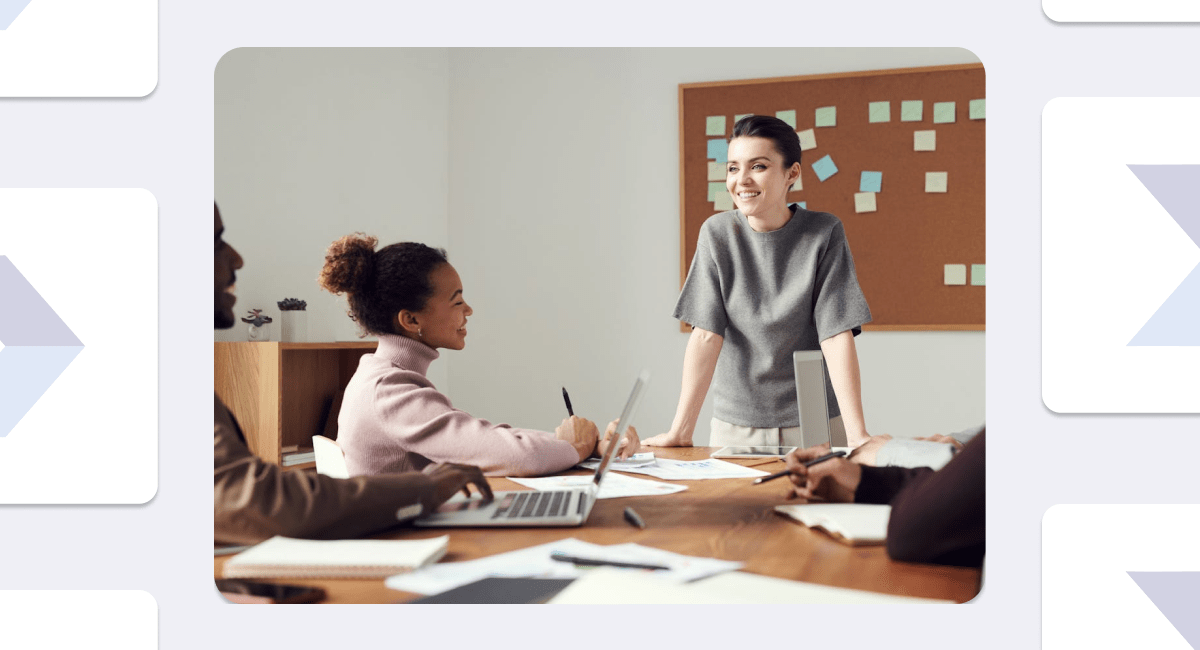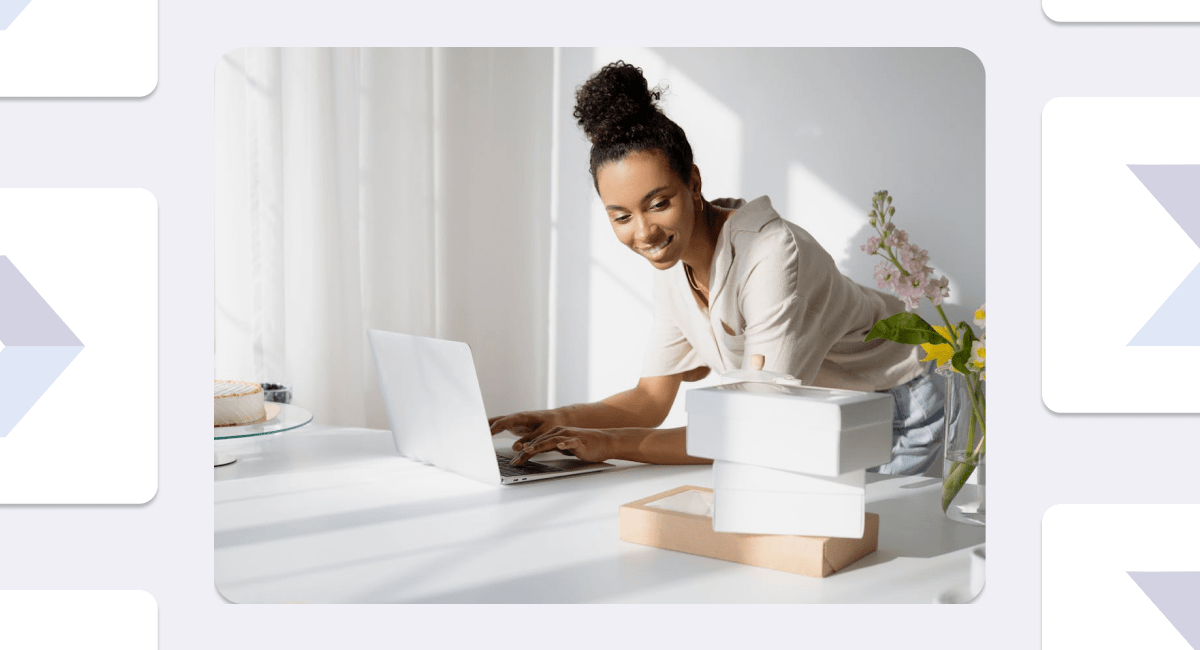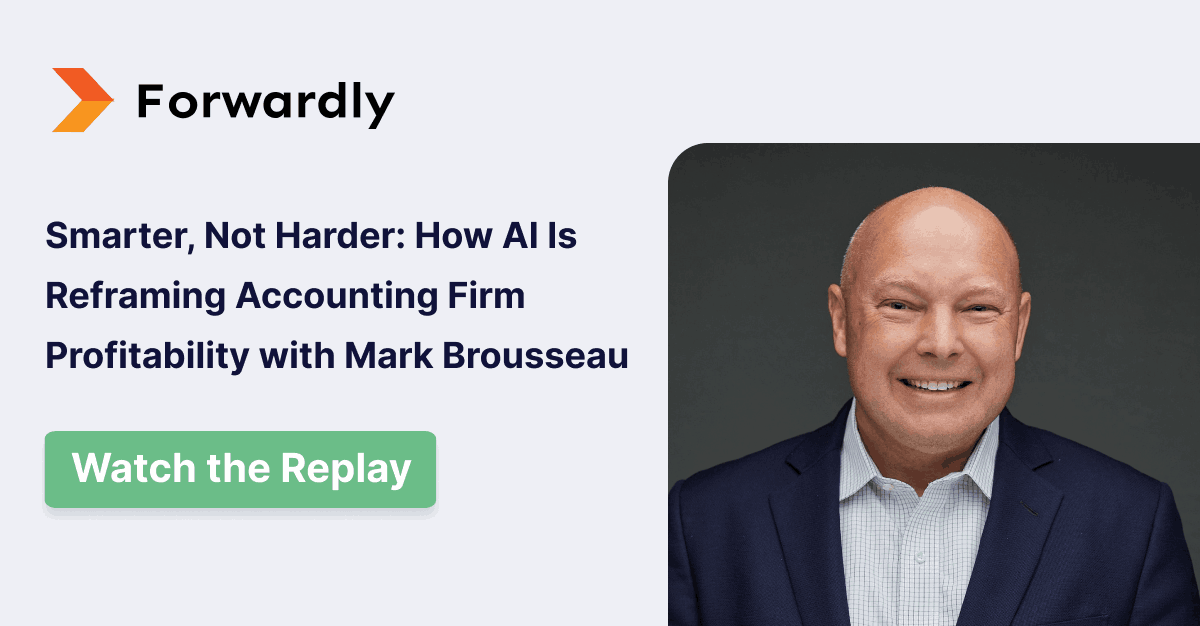If you’re a small business owner, you’ve probably heard about the Economic Injury Disaster Loans (EIDL). This program is designed to help businesses overcome tough times by providing financial assistance when unexpected challenges arise.
The EIDL program has been around for a while, but it was expanded recently to offer even more support to small businesses in need. With loans of up to $2 million available, businesses can use these funds to cover essential expenses like payroll, rent, mortgage payments, and more. Plus, there’s an option to request a $10,000 advance that doesn’t need to be repaid—making it feel more like a grant than a loan!
Right now, the EIDL program is temporarily on hold, but don’t worry—if you’ve already applied, your application is still being processed. And if you’re thinking about applying in the future, we’re here to help you understand what it’s all about and how to get started
What is the economic injury disaster loan (EIDL)?
The Economic Injury Disaster Loan (EIDL) is a loan that can provide up to $2 million in financial relief to help businesses keep up with their everyday expenses. Whether it’s paying your employees, keeping the rent or mortgage covered, or handling accounts payable, the EIDL is there to help when times are tough. Even better, there’s an advance of up to $10,000 that doesn’t have to be paid back—kind of like a free boost for your business!
These loans come with interest rates of 3.75% for small businesses and 2.75% for non-profits. You’ll have up to 30 years to pay it off, and the terms are flexible depending on what your business needs. Plus, there are some great perks like no payments for the first year, no cost to apply, and no obligation to accept the loan even if you’re approved.
Who qualifies for an EIDL?
The qualification process for an EIDL is simple and flexible. Here’s what you’ll need:
- Your business must be based in the U.S. with fewer than 500 employees
- You can be a sole proprietor, an independent contractor, or self-employed
- Non-profit organizations, including those that fall under 501(c), 501(d), or 501(e), are also eligible
Certain industries might allow for more than 500 employees, so it’s worth checking out the SBA’s size standards to see if your business fits.
Also read: What to Consider Before getting a Business Loan
How can you use an EIDL?
These loans are designed to help with day-to-day business costs. Here are some examples of how you might use an EIDL:
- Keeping up with payroll
- Paying rent or mortgage
- Covering accounts payable and fixed debts
- Handling increased costs for materials or goods
- Paying other bills that are hard to cover during tough times
Also read: Exploring Financing Options: 11 Types of Small Business Loans
How to apply for an EIDL
Applying for an EIDL is straightforward, but you’ll want to have all your documentation ready to go. Here’s what you’ll need:
- The legal name and trade name of your business
- Social Security Number (SSN) for applicants
- Gross revenue and cost of goods sold from the previous year
- Number of employees
- Accounts payable and receivable details
- Your most recent profit and loss statement
- A schedule of liabilities (SBA Form 2202)
- Personal financial statement (SBA Form 413)
- Monthly cash flow projections for two years
- Three years of monthly sales history
- Tax information authorization (IRS Form 4506T)
- Getting everything in order ahead of time can help speed up the process and prevent any errors that could slow things down. And since deadlines vary by state, it’s always a good idea to submit your application early to avoid any last-minute issues.
In a nutshell, the EIDL program is a valuable resource for small businesses looking for financial relief during difficult times. Whether you’re facing payroll challenges, struggling with rent, or just need help keeping your business running smoothly, the EIDL can provide the support you need to stay on track.
What you don’t know about instant payments might cost you
Learn the 7 must-know facts about faster payment options.- Easy transactions
- Better cash flow
- Lower transaction cost
- Improved efficiency
 Back to Blog
Back to Blog

